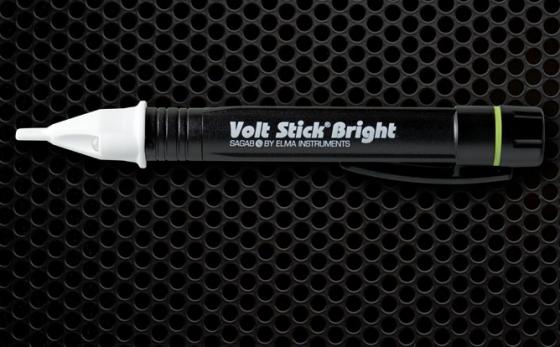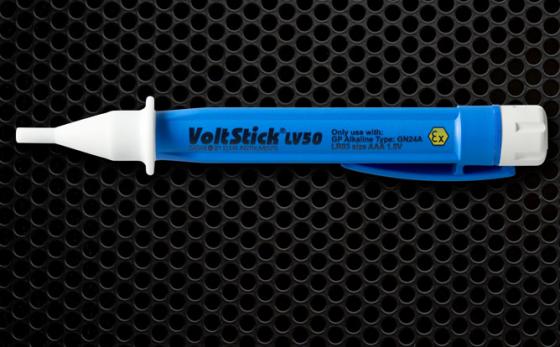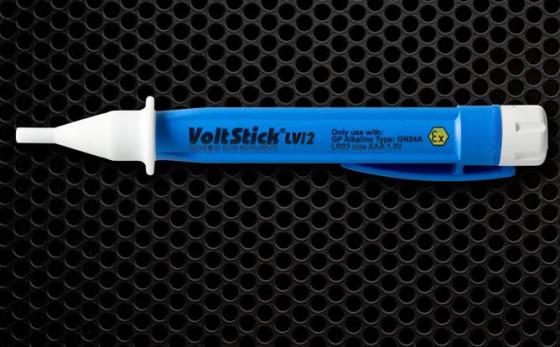How to test your Volt Stick
Volt Stick's Brent Hill demonstrates how to regularly test your Volt Stick non-contact voltage detector against a known live source, to ensure it is working correctly.
Testing your Volt Stick voltage detector against a known live source
A good daily habit to get into is to check your Volt Stick on a known live socket at home before you leave for work each day. Ideally you should use the same socket, so you'll notice any subtle differences that might be wrong with your Volt Stick - for example any damage or if a change of batteries is needed.
Create a regular daily routine for testing your Volt Stick voltage detector
-
Regular Volt Stick testing routine:
Make it a part of your daily routine to check your Volt Stick on a known live socket at home before leaving for work.
Preferably, use the same socket each day to notice any subtle differences, such as damage or low battery indication.
-
Purpose of daily testing:
By testing on a known live socket, you ensure confidence in the safe and correct functionality of your Volt Stick before heading to site.
This practice helps detect any potential issues with the device, allowing for timely maintenance or replacement.
-
Importance of testing at site of work:
Once at your work, it is crucial to retest the Volt Stick in the area where you'll be working.
The Volt Stick relies on a good Earth reference to operate effectively.
Testing in your work environment verifies the functionality of the device within the specific electrical context of your job.
-
Understanding Earth reference:
Checking the Volt Stick in your work area ensures that it can detect live electrical sources accurately.
Failure to detect live sources may indicate a problem with the Earth or ground reference, compromising the safety of subsequent tests.
-
Preventing False Negatives:
If the Volt Stick fails to indicate a live source in your work area, it could lead to false negatives
Without a proper Earth reference, other tests may falsely indicate safety when, in reality, there could be live electrical currents present.
(Read more about identifying false readings)
-
Conclusion:
Regular testing of your non-contact voltage detector, both at home and in your work environment, is essential for ensuring safe and accurate detection of live electrical sources.
By incorporating these simple testing procedures into your daily routine, you can minimise risks and work with confidence in potentially hazardous environments.
Find out more:









